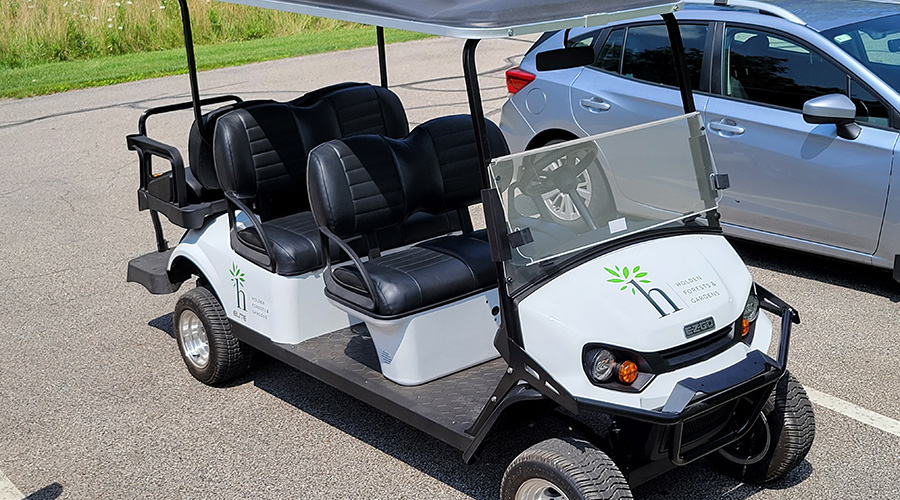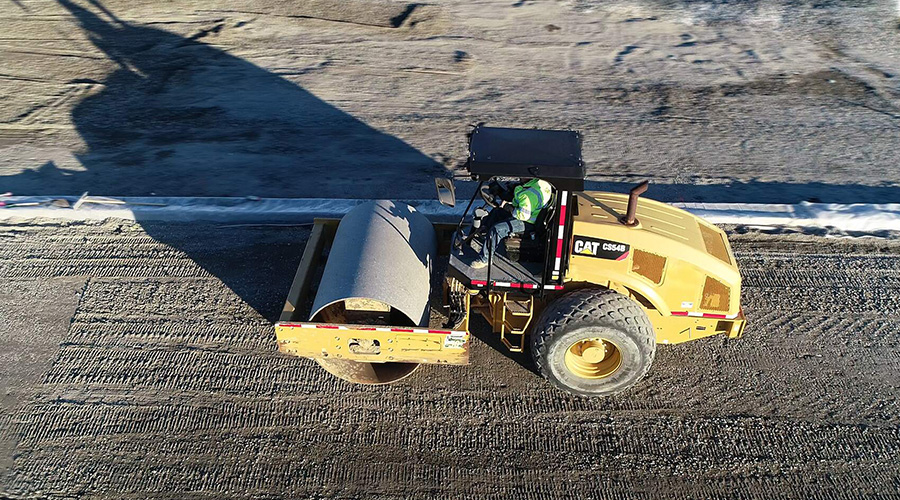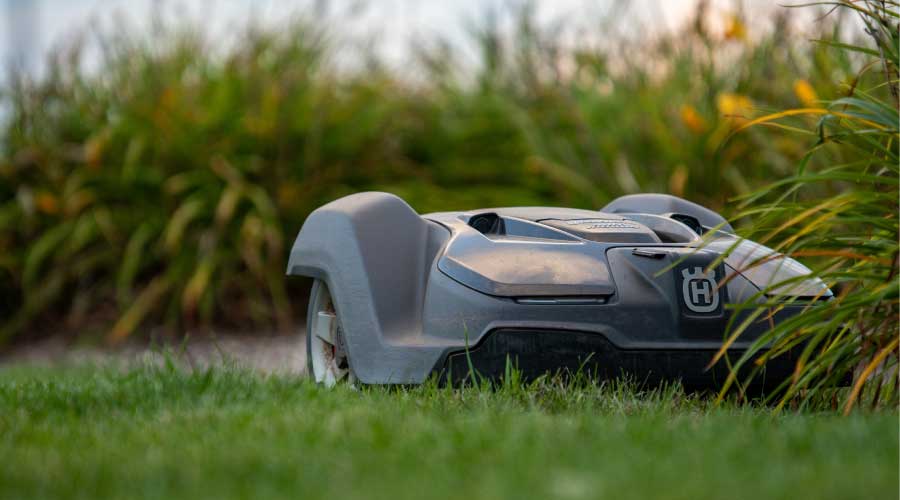 Photo courtesy of Holden Forest & Gardens
Photo courtesy of Holden Forest & Gardens Developing a Replacement Plan for Utility Vehicles
Holden Forests & Gardens tries to get 15 years out of each vehicle before investing in a new one
UTV fleets represent a significant financial investment for grounds managers. Depending on the way they are equipped, a machine can cost up to $20,000, so having a replacement plan in place is important. Holden Forests & Gardens tries to get 15 years out of each UTV before replacing it.
“Your buildings are obviously going to have expensive things that you know you’re doing to do,” Viola says. “Your air handlers are going to be replaced or upgraded or repaired. Your roofs and windows and things like that. But outside of the actual physical aspect of the buildings, our fleet is probably our second largest expenditure in an average year.”
Holden Forests & Gardens has a replacement plan for UTVs that averages about two new ones every year, but new purchases were put on hold during the COVID-19 pandemic.
“Like many organizations, we put our purchases on hold, and then as a result, we have a little bit of a backlog,” Viola says. “We did have a year we ended up having to buy six at once. Ten to 15 years from now, I’m going to have to replace six at once, so we try to stay pretty consistent (with purchasing cycles).
“We will actually go into our capital expenses schedule and put a marker there for 15 years out for replacement. As we get closer, you might have a vehicle at 12 years old, and it’s been ridden pretty hard, so you have to replace it. But at least when you buy it, you are putting in the life expectancy of the vehicle. We know at one point you need to be budgeting for the replacement.”
Holden Forests & Gardens’ replacement plan will include more electric-powered UTVs as their reliability improves and their costs go down. Viola says the investment for some electric models is too prohibitive now to replace them with gas-fueled machines. Viola also is intrigued by some of the other developing technologies.
“I was at a trade show where not only is electrification coming, but there’s a company doing autonomous, too,” he says. “They were setting a UTV up to do line painting, which I thought for someone with fields that’s pretty cool. The operator actually teaches the machine where all the yard lines are and all the markers and everything you can program it. Electrification and automation are coming fast. I think it’s a going to be a great thing and assisting people with doing their jobs.”
With such a variety of UTVs available from many different suppliers, grounds managers will need to do their homework before moving forward with purchases. Viola says managers need to reach out to local dealers and ask them to demo vehicles before purchasing.
“We’ve had a lot of vendors drop off equipment to us, let us live with it for a week,” he says. “Sometimes, what we thought was going to be a great fit wasn’t, and we’ve had other pieces of machinery brought to us that after a week we didn’t want to give it up, and we’re like, ‘We need to find a way to buy this and figure out how to get it right now,’” he says. “If you can go to trade shows, actually touch the vehicles, and feel them and ride them, that’s going to be your best bet. That’s how you’re really going to figure out what works for you.”
Dave Lubach is the executive editor for the facilities market. He has more than eight years of experience writing about facilities management and maintenance issues.
Related Topics:













